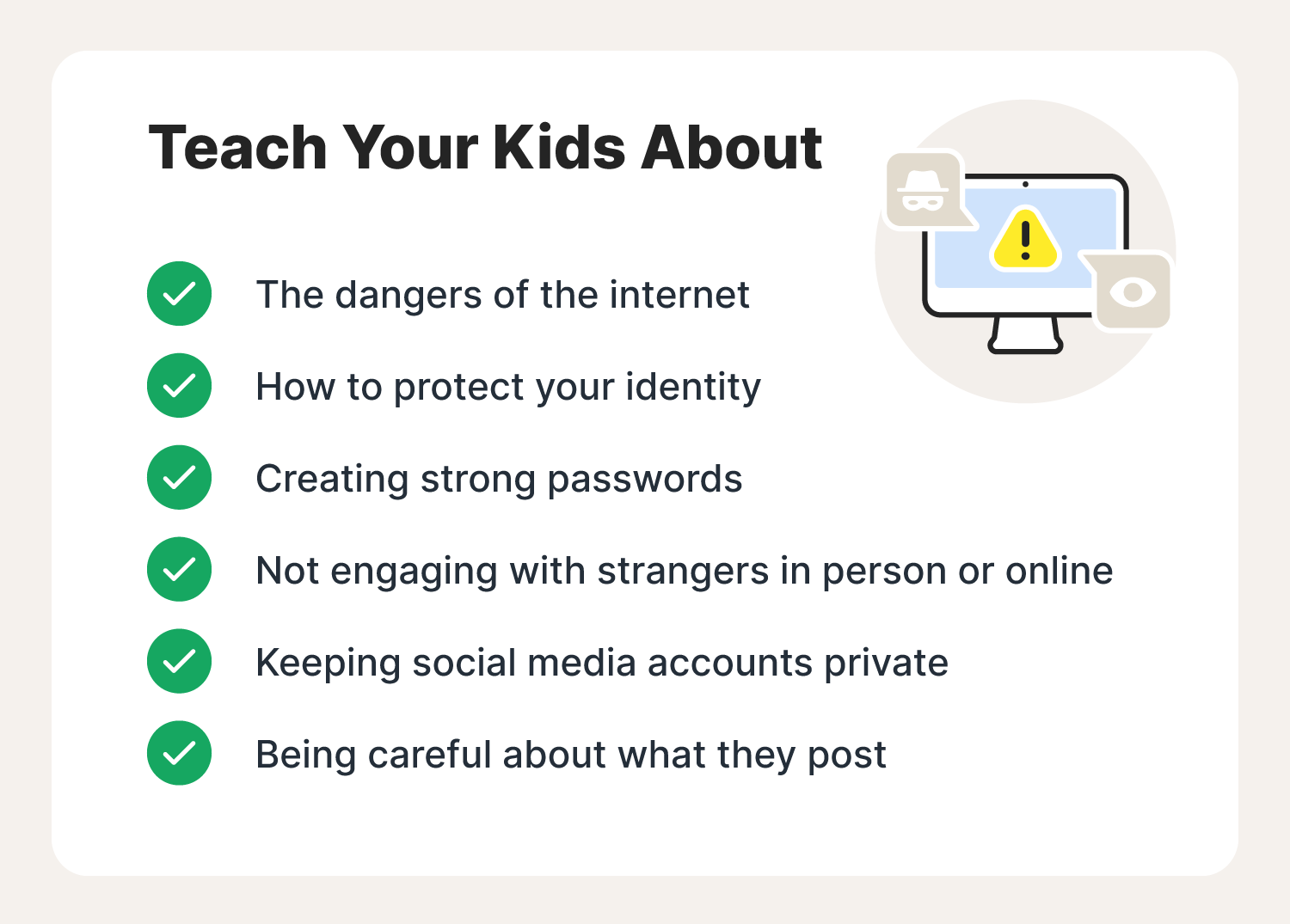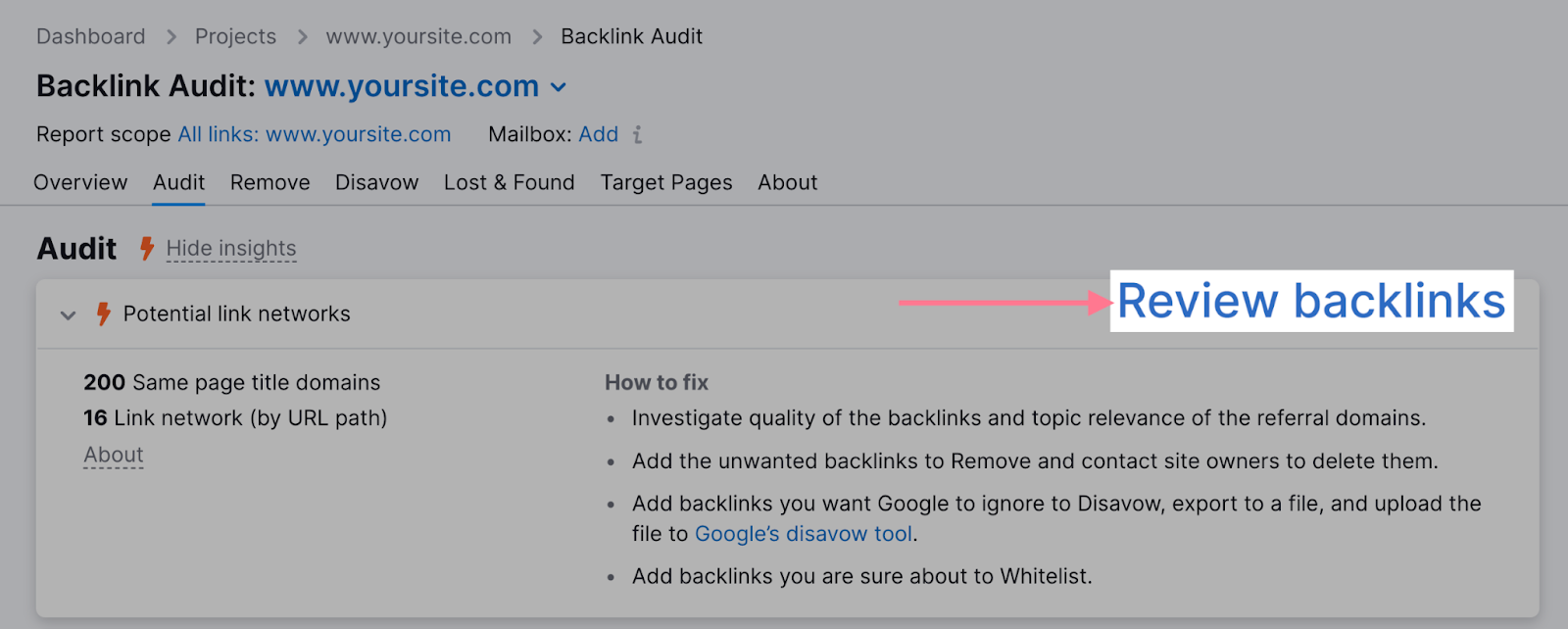All Categories
Featured
Table of Contents
- – What Is The Premier Semantic Search Algorithms...
- – What Is The Top Semantic Seo Brand To Buy
- – Which Is The Top Semantic Keyword Research
- – Top Advanced Semantic Seo Shop Near Me
- – How Is The Most Reputable Seo For Semantic S...
- – What Is The Most Popular Semantic Content St...
- – Which Is The Top Semantic Seo Vs Traditional...
This is due to the fact that search engines have developed and are moving extra and extra in the direction of checking out web content on the internet. Of training course, that has additionally changed the method we create material, especially if we desire to rank much better in the search engines.
Intertwingularity is not typically acknowledged, individuals keep acting they can make things deeply hierarchical, categorizable and sequential when they can not. Based on the partnerships between search intents, the search engine chooses a material in positioning by calculating the distance between the vectors of meaning.
It permits you to see, beginning with a topic, all the entities that are relevant to that topic. This means you can clearly see which entities/concepts/ideas have already been covered on your website, and you can find new chances by understanding what material you can add and just how to develop it.
What Is The Premier Semantic Search Algorithms Company?
It has the ability to make your material understandable for search engines on the one hand and for your audience on the various other. Structuring your web content version highlights your material and its hidden relationships to ensure that online search engine can recognize you among numerous pieces of details, making you much more visible to users that fulfill the search intent related to your business.
In semantic search engine optimization copywriting, an editor begins from a wider range of topics and customizes the web content to include semantically pertinent terms and phrases that aid visitors comprehend a subject, similar to checking out web content in a wiki. From a web content creating viewpoint, one functional method to do this is to produce a vocabulary of terms and concerns bordering your target topic.
What Is The Top Semantic Seo Brand To Buy
Find out extra about by seeing the by!.

Semantic search describes the procedure of how online search engine understand and match search phrases to a searcher's intent in organic search engine result. Before semantic search, search engines like Google ran like matchmakersaligning details words in your query with those precise words on pages. The outcomes were straightforward but frequently did not have deepness.
Which Is The Top Semantic Keyword Research
It enables Google to provide fast, accurate response to browse questions concerning real-world subjects. When you kind a query word right into Google, you're not simply going into a sequence of words. You take advantage of a complicated web of definitions and connections. Google's Understanding Chart sees these words as entities with context and connections.
When you browse for "Apple," Google doesn't simply see a word that defines a fruit. It identifies Apple as a firm and can provide related information. It was Google's response to the surge of voice searches, where inquiries became extra conversational and nuanced.
Top Advanced Semantic Seo Shop Near Me
By integrating NLP, Hummingbird permitted Google to move beyond simple keyword matching. It aided the search engine comprehend search intent, boosting the chances that results would properly match the reason behind a user's search.
Making it a lot more efficient at dealing with never-before-seen search questions. RankBrain considers more than just keyword phrases when analyzing a search question.
It brings outcomes that match the keywords and line up with the general intent of supplying young puppy training guidance. And if the customer often looks for dog-related material, Google could prioritize more comprehensive training guidesrecognizing the individual's recurring rate of interest in the subject. Combining technologies like the Understanding Chart, Hummingbird, and RankBrain, semantic search assists the Google formula translate and connect information throughout a substantial web of details.
How Is The Most Reputable Seo For Semantic Search Company
The focus changes from keyword selection to an all natural approach incorporating customer intent, topical significance, and total user experience. Producing content that resolves the searcher's needs with detailed details can boost your SERP rankings. Below, we outline the fads and practices that consolidate the requirement for semantically informed web content. Later, we give actionable suggestions to transform these understandings into finest methods.
And type of content can best satisfy their requirements. A broader technique to material aligns much better with semantic search's shift far from specific keyword matching and toward customer intent. Which explains the increased focus on topic clusters, as opposed to specific keyword phrases. Web content that covers search questions better not just satisfies individuals.
And five times greater than websites that take 10 seconds to lots. While technical search engine optimization guarantees ideal website performance and ease of access, concentrating on user experience (UX) takes it a step additionally. UX aims to produce a visually enticing, easy to use interface with engaging, top quality content that motivates site visitors to stay. Semantic search modern technology makes it possible for search engines to aim for results that supply the ideal possible UX.
What Is The Most Popular Semantic Content Strategies Service On The Market

All display Google's capability to deal with a topic inquiry comprehensively. By recognizing the context and intent behind user inquiries, online search engine can provide more pertinent details and potentially raise user engagement. Personalization in search engine result makes for much better UX.Based on your previous search history and choices as a customer, semantic search assists search engines tailor the results to match your special requirements and passions.
So it brings results that match the key phrases and line up with the total intent of giving young puppy training suggestions. And if the individual often searches for dog-related web content, Google might focus on much more in-depth training guidesrecognizing the user's recurring interest in the subject. Incorporating technologies like the Knowledge Graph, Hummingbird, and RankBrain, semantic search aids the Google formula translate and connect data across a large internet of info.
Which Is The Top Semantic Seo Vs Traditional Seo Brand
The emphasis changes from keyword choice to a holistic strategy encompassing user intent, topical significance, and general customer experience. Creating material that attends to the searcher's requirements with extensive information can boost your SERP rankings. Below, we lay out the trends and practices that settle the demand for semantically educated material. Later on, we give actionable suggestions to transform these understandings into finest techniques.

A more comprehensive method to content aligns better with semantic search's change away from precise key phrase matching and towards individual intent. Material that covers search questions a lot more extensively not just pleases customers.
And 5 times greater than sites that take 10 secs to load. While technical SEO ensures optimal website efficiency and access, concentrating on customer experience (UX) takes it a step better. UX aims to create a visually attractive, user-friendly user interface with engaging, quality content that motivates site visitors to stay. Semantic search technology makes it possible for online search engine to go for outcomes that offer the most effective possible UX.
All showcase Google's capability to attend to a subject question thoroughly. By understanding the context and intent behind user queries, search engines can deliver much more appropriate information and potentially boost customer engagement. Customization in search results page makes for better UX.Based on your previous search background and choices as an individual, semantic search aids online search engine customize the outcomes to match your unique requirements and rate of interests.
Table of Contents
- – What Is The Premier Semantic Search Algorithms...
- – What Is The Top Semantic Seo Brand To Buy
- – Which Is The Top Semantic Keyword Research
- – Top Advanced Semantic Seo Shop Near Me
- – How Is The Most Reputable Seo For Semantic S...
- – What Is The Most Popular Semantic Content St...
- – Which Is The Top Semantic Seo Vs Traditional...
Latest Posts
What Is The Most Affordable Semantic Seo Analysis Deal
What Does Semantic Seo Examples Cost?
Top-Rated Semantic Content Creation
More
Latest Posts
What Is The Most Affordable Semantic Seo Analysis Deal
What Does Semantic Seo Examples Cost?
Top-Rated Semantic Content Creation